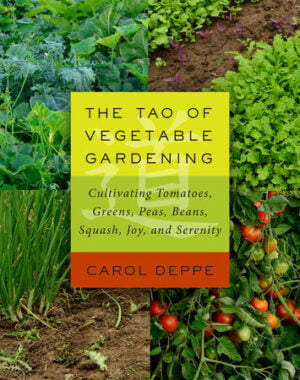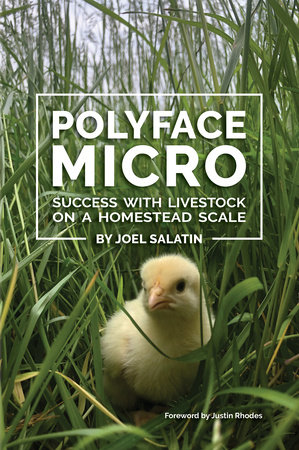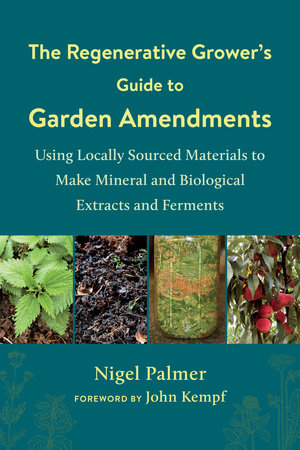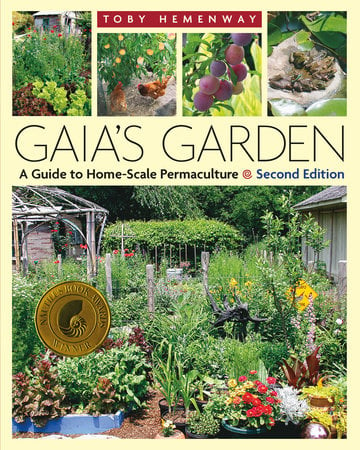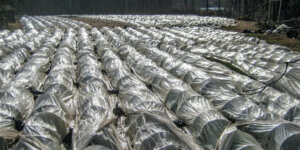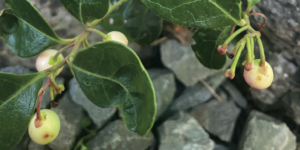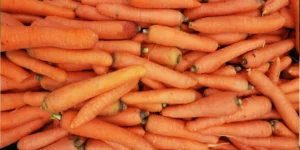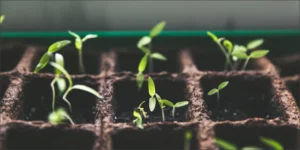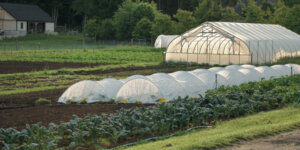A Taoist Approach to Gardening
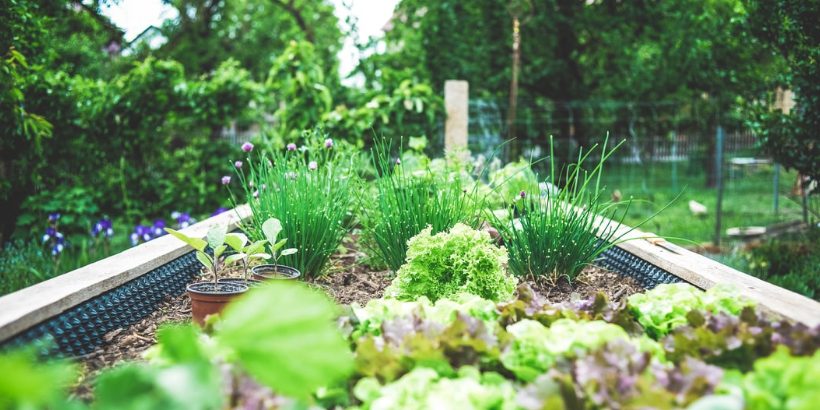
In her book The Tao of Vegetable Gardening, Carol Deppe introduces her innovative “Eat-All Greens Garden” which could be the easiest, most space-saving, and labor-efficient way of growing greens. With this method, a family can raise all their summer greens as well as freeze and dry enough for the winter months with even a tiny garden—a perfect approach for small-scale and urban gardeners. The trick is to use plant varieties that grow fast.
The following excerpt is from The Tao of Vegetable Gardening by Carol Deppe. It has been adapted for the web.
The No-Labor Garden— Just Sow and Harvest
One spring when I lived in town in Corvallis and had just a couple of small raised beds to garden on I ordered 2 cubic yards (1.5 cubic meters) of compost for use later in the season. I had it dumped on the concrete driveway, which I didn’t use, having no vehicle in that era. I initially planned to cover the pile with a tarp to protect the nutrients from leaching out in the frequent rains. As I stood looking at the pile and the empty, unneeded driveway space, though, I realized that if I spread that compost into a layer about 6 inches deep (15.2 cm) I might be able to grow a crop on it before I needed the compost in a couple of months. Six inches of soil isn’t very deep, but for a crop of something to be harvested quickly before the plants were very big, and at a time of year when regular rains and cool, moist air conditions would keep the layer moist, it might be adequate. So with five minutes of work I spread the compost out into a shallow bed on the driveway that gave me an extra 12 square yards (10 square meters) of growing space, at least for a couple of months.

So I broadcast ‘Green Wave’ mustard seed over the entire bed. By that I mean I sprinkled the seed as uniformly as possible over the entire surface of the bed rather than making furrows or rows. To bury the seed very shallowly I gently bounced a rake over the surface of the bed so that I was disturbing the soil just a little, but not actually raking. (An ordinary leaf rake with springy metal fingers is what I used.)
Then I let the seeds, the compost, and the rain do their work.
Usually in the past I had grown ‘Green Wave’ into fairly big plants and harvested individual full-sized but young leaves for my soups, stews, or messes o’ greens. The huge leaves are bright green, savoyed, and blazingly hot raw. However, when chopped and dropped into boiling water the leaves lose all their heat and have a delicious flavor. The stems of ‘Green Wave’ grown in this way are tough and unpalatable. As with kale, you have to pick the individual leaves. The broth left after the leaves cook in water is also delicious and makes good tea, soup, or stew. And there is real substance to ‘Green Wave’ leaves. A big bunch of spinach leaves cooks into just a few bites. An equal-sized bundle of ‘Green Wave’ mustard cooks down to much more food. In addition, the leaves of ‘Green Wave’ are several-fold bigger, often ten times or more larger than the biggest spinach leaves, so it is much easier to harvest serious amounts. ‘Green Wave’ also grows much faster than spinach. And in my opinion, as a cooked green, it tastes much better. The leaves of ‘Green Wave’ are too hot to use raw, however. But this has an advantage. The leaves are too hot for rabbits and deer. Only a creature who can cook can use ‘Green Wave’ mustard. So when you plant it you get the whole crop.

That was my first eat-all greens crop. It had cost me no time or effort in weeding or watering. In fact I had done no work other than sowing the seeds and harvesting. And the harvesting and kitchen prep was also a small fraction of what was required for most greens. I cut off the top 70 percent of all the plants, and the main stems and all the attached leaves were all prime and edible. Because of the erect form of the ‘Green Wave’ variety, there was no mud or dirt on the harvested food, so I could just cut it up and use it without washing. The few small, yellow, older unpalatable leaves were down below the harvest line. I had happened to grow the plants in weed-free compost, but ‘Green Wave’ can perform equally well in any good garden soil. At the right time of year ‘Green Wave’ grows so vigorously it shades out any weeds.
Up until that first eat-all greens crop I had always accepted a fair amount of labor as the cost of homegrown vegetables. Suddenly I had a new vision—I wanted gardens and garden crops that produced huge amounts of food on little or no labor.
I wanted to just sow the seeds and go away, then come back at some point later and harvest. With the right varieties of greens, and the eat-all growing pattern, it turns out that this no-labor pattern is actually possible. During periods when there isn’t enough rain, watering will be necessary. But weeding can be avoided, as can most of the labor usually associated with harvesting and kitchen prep. The individual eat-all crops are not only far more productive than the ordinary crops and styles of growing other greens, but in addition, you can plant a number of eat-all crops on one bed in a season.
For example, the right eat-all varieties can produce up to about 4.5 pounds/square yard (2.45 kg/square meter) of greens, with half to three-quarters of that amount being easy and normal. This means a single small bed with 12 square yards (10 square meters) of good garden soil in my climate can produce up to about 54 pounds (24.5 kg) of edible greens in eight weeks. And multiple crops per year are possible—about four in the Willamette Valley of Oregon, making for up to 216 pounds (98 kg) from the single small bed in the early-spring-to-late-fall growing season. Even if I lose about half the potential production through various imperfections, and I am too sloppy and disorganized to get four crops but instead get only three, that still comes out to 81 pounds (47 kg).
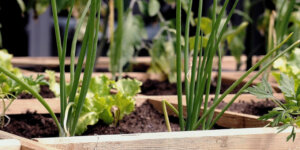
Here in the Willamette Valley I sometimes plant eat-all greens crops in mid-March on the land where I intend to plant tomatoes or squash later on. I harvest the greens in mid-May, then plant the warm-season crops. Eat-all crop beds combine naturally with big viney squash. Just put them in the middle between the rows. Harvest two months later and let the squash vines take over.
Eat-all greens should also be the ideal crops for growing in shallow containers on balconies or in rooftop gardens.
Recommended Reads
Recent Articles
Want to grow year-round, but a greenhouse feels like a big investment? When it comes to cost and flexibility, low tunnels are the all-around winners.
Read MoreWintergreen is the stunning evergreen groundcover that’s a game-changer for your garden! It’s cherished for its aromatic leaves, vibrant fall color & bright berries.
Read MoreGrow winter carrots for a sweeter & more flavorful harvest! Ditch the bland, store-bought carrots this winter! Grow your own winter carrots for a sweeter and more flavorful twist 🥕🥕
Read MoreSearching for the perfect book to give the homesteader in your life? We’ve got your go-to books for anyone interested in organic growing, permaculture, soil health, year-round growing & more! What’s their next great read?
Read MoreWinter is coming… but that doesn’t mean you should put away those tools just yet. Extend the growing season well past the first frost!
Read More

